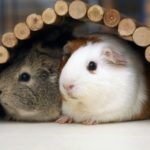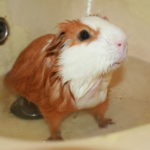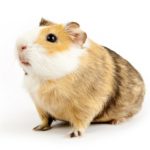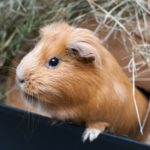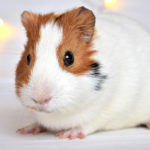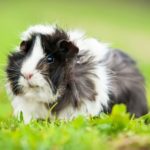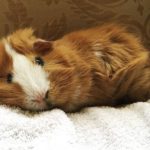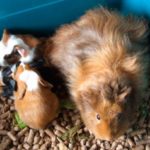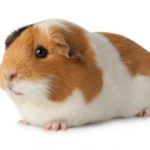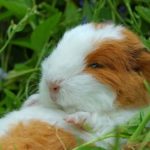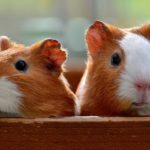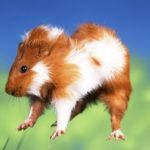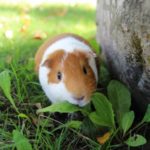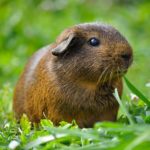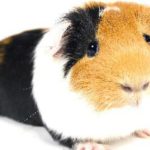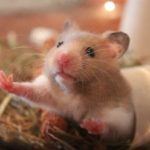Guinea pigs – information
 Guinea pigs have been widely popular as pets since its introduction in Europe in the 16th century. Their complaisant nature, original color, relative simplicity of content and ease of breeding, still support the massive spread of these rodents as pets. Ironically, the household name of this fluffy animal does not completely correspond to his lifestyle. For its maintenance, you do not need an aquarium with sea water. In principle, the aquarium can be used, only without water, in the form of a terrarium, it is even easier to clean a glass vessel.
Guinea pigs have been widely popular as pets since its introduction in Europe in the 16th century. Their complaisant nature, original color, relative simplicity of content and ease of breeding, still support the massive spread of these rodents as pets. Ironically, the household name of this fluffy animal does not completely correspond to his lifestyle. For its maintenance, you do not need an aquarium with sea water. In principle, the aquarium can be used, only without water, in the form of a terrarium, it is even easier to clean a glass vessel.
These popular pets are related to rodents and their content is somewhat similar to the home of decorative rabbits. Organizations and private breeders involved in the maintenance and breeding of guinea pigs exist all over the world. They brought out many different breeds of these animals, with a variety of colors, patterns and long wool. Some of them can be seen in the photo in the text, and just below the funny video about guinea pig and cat. Just remember that not always these rodents get along well with domestic cats and dogs.
Guinea pigs, unfortunately, no longer exist in the wild. The domestication of these animals began about 5000 years BC, they were used mainly as a food source. They were native inhabitants of South America, as fossil samples tell us. Scientists believe that the modern guinea pigs are descendants of extinct such wild species that lived in North and South America. The colonization of these territories and led to the use of guinea pigs as pets in Europe, and ultimately, all over the world. On this page of the site “Home pet” we will consider these rodents.
It is assumed that before their disappearance, these animals were quite flexible, and could exist under different conditions. For example, they adapted to survival in a wide range of heights, from sea level to 4000 meters above it. And although studies have shown that they can not survive in extreme hot or cold conditions, guinea pigs could exist in a wide temperature range from 22 ˚ C, in the daytime and up to -7 ˚ C at night.
Guinea pigs are anuranous rodents, which weigh from 700 to 1100 g, while usually males are larger than females. They have a small, compact, cylindrical body shape, from 20 cm to 25 cm in length, small, petal-shaped ears, located on the top of the head. The mouth, in these animals, small, triangular in shape, contains 20 teeth. Like many other rodents, the teeth of the guinea pig are continuously growing, and their length is maintained by grinding during feeding.

